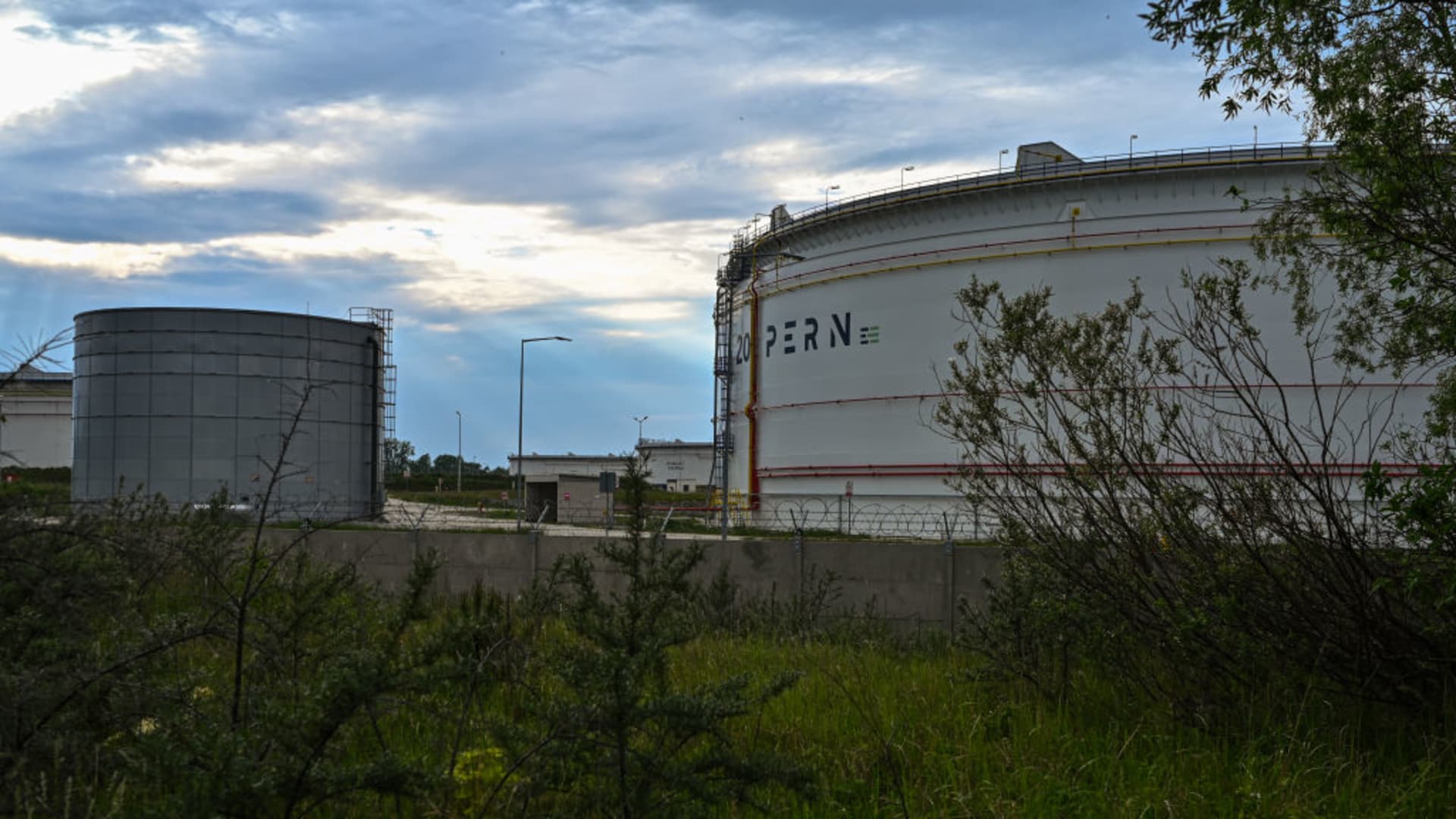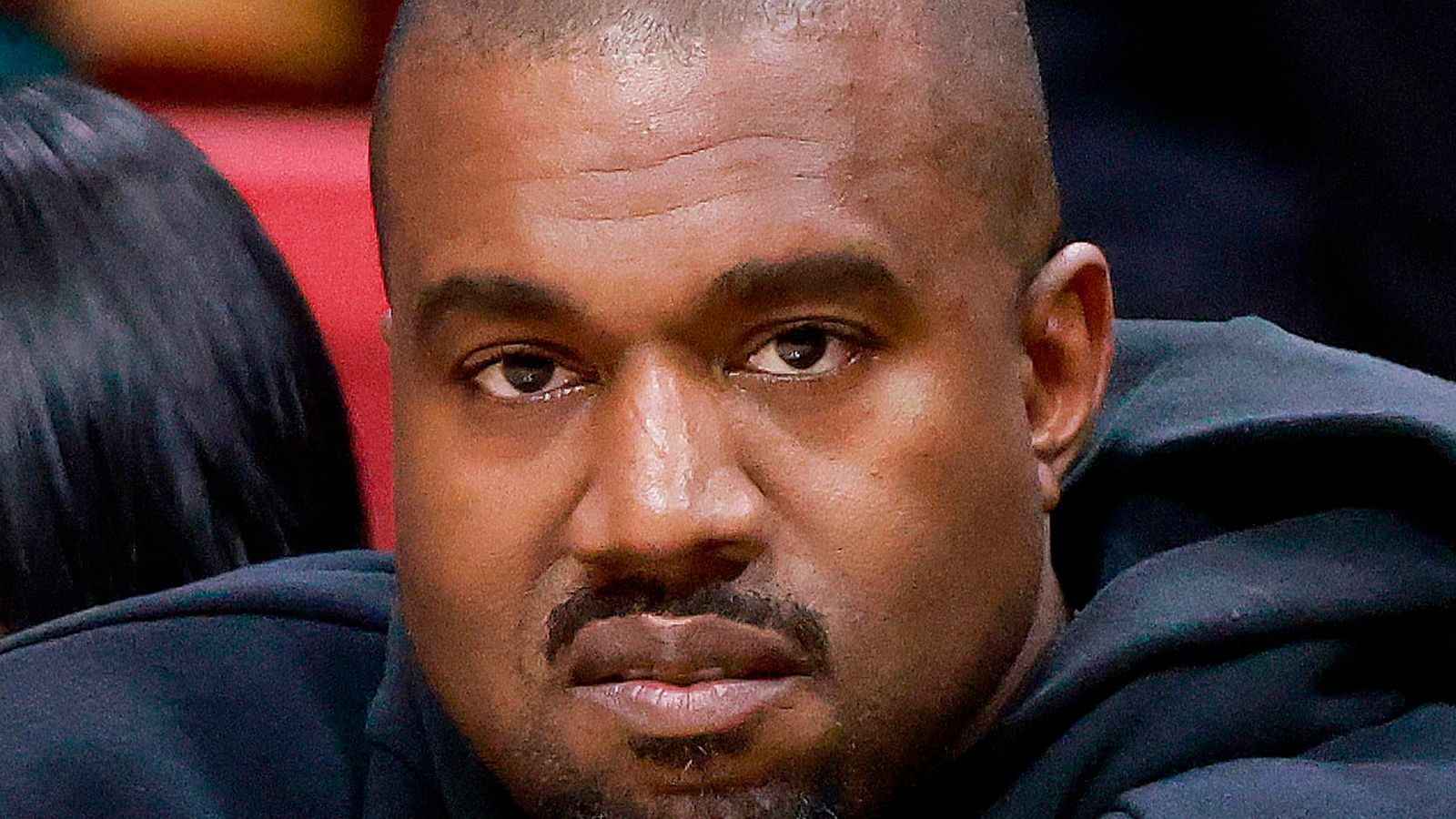BEIJING Chinas economy grew at a faster-than-expected pace in the first quarter as the end of strict Covid-19 curbs lifted businesses and consumers out of crippling pandemic disruptions, although headwinds from a global slowdown point to a bumpy ride ahead.
More than a year-long sweeping streak of global monetary policy tightening to rein in red-hot inflation has dented world economic growth, leaving many countries including China reliant on domestic demand to spur momentum and raising the challenge for policymakers looking for post-Covid-19 stability.
Gross domestic product grew 4.5 per cent year on year in the first three months of the year, data from the National Bureau of Statistics (NBS) showed on Tuesday, faster than the 2.9 per cent in the previous quarter and beating analyst forecasts for a 4 per cent expansion.
Investors have been closely watching first-quarter data for clues on the strength of the recovery after Beijing lifted Covid-19 curbs in December and eased a three-year crackdown on technology firms and property.
GDP growth last year slumped to one of its worst in nearly half a century due to Covid-19 curbs.
Economic recovery is well on track. The bright spot is consumption, which is strengthening as household confidence improves, said Dr Zhang Zhiwei, chief economist at Pinpoint Asset Management. The strong export growth in March also likely helped to boost GDP growth in the first quarter.
Chinese policymakers have pledged to step up support for the US$18 trillion (S$24 trillion) economy to keep a lid on unemployment, but they face limited room to manoeuvre as businesses grapple with debt risks, structural woes and global recession worries.
Chinas rebound has so far remained uneven as its investment-fuelled growth of the past to one now reliant on consumption faces challenges.
Consumption, services and infrastructure spending have perked up but factory output has lagged in the face of weak global growth, while slowing prices and surging bank savings are raising doubts about demand.
Chinas exports unexpectedly surged in March, data showed this week, but analysts cautioned that the improvement partly reflected suppliers catching up with unfulfilled orders after last years Covid-19 disruptions.
Mr Matt Simpson, senior market analyst at City Index, said the NBS data is a decent set of figures out from China in the first quarter that keeps the country on track for its growth target of around 5 per cent this year.
On a quarter-on-quarter basis, GDP grew 2.2 per cent in the January-to-March period, in line with analyst expectations and up from a revised 0.6 per cent rise in the previous quarter.
Asias shares pared losses on Tuesday after the data, with Hong Kongs Hang Seng Index down 0.4 per cent in early trade and Chinas blue-chip CSI300 Index gaining 0.3 per cent.
Chinas central bank said last week it will maintain ample liquidity, stabilise growth and jobs, and focus on expanding demand. On Monday, the central bank extended liquidity support to banks through its medium-term lending facility, but kept the rate on such loans unchanged, an indication that the authorities are not overly concerned about the immediate growth outlook.
That followed a cut in lenders reserve requirements in March.
Beijing, which has refrained from taking big steps to spur consumption, is still relying heavily on infrastructure spending to spur investment and economic growth.
The government has lifted its annual budget deficit target to 3 per cent of GDP this year and allowed local governments to issue more special bonds to fund big-ticket projects.
In short, with this GDP report, we believe there is no immediate need for the government to put massive stimulus into the economy, Dr Iris Pang, chief economist for Greater China at ING, said in a note.
Analysts polled by Reuters expect Chinas growth in 2023 to speed up to 5.4 per cent from 3 per cent last year.
The government has set a modest target for economic growth of around 5 per cent for this year after badly missing the 2022 goal.
Separate data on March activity also released on Tuesday showed that retail sales growth quickened to 10.6 per cent, beating expectations and hitting a near two-year high, while factory output growth also sped up but was just below expectations.
The sharp rebound in consumption was helped by a statistical year-ago low base of comparison as consumers bore the brunt of Covid-19 curbs in early 2022. Chinas infrastructure investment rose 8.8 per cent in January to March from a year earlier outpacing a 5.1 per cent rise in overall fixed asset investment, while property investment fell 5.8 per cent. REUTERS More On This Topic China exports stun with surprise surge in March but economists warn of weakness ahead China bets $2.4 trillion of construction will boost economy








